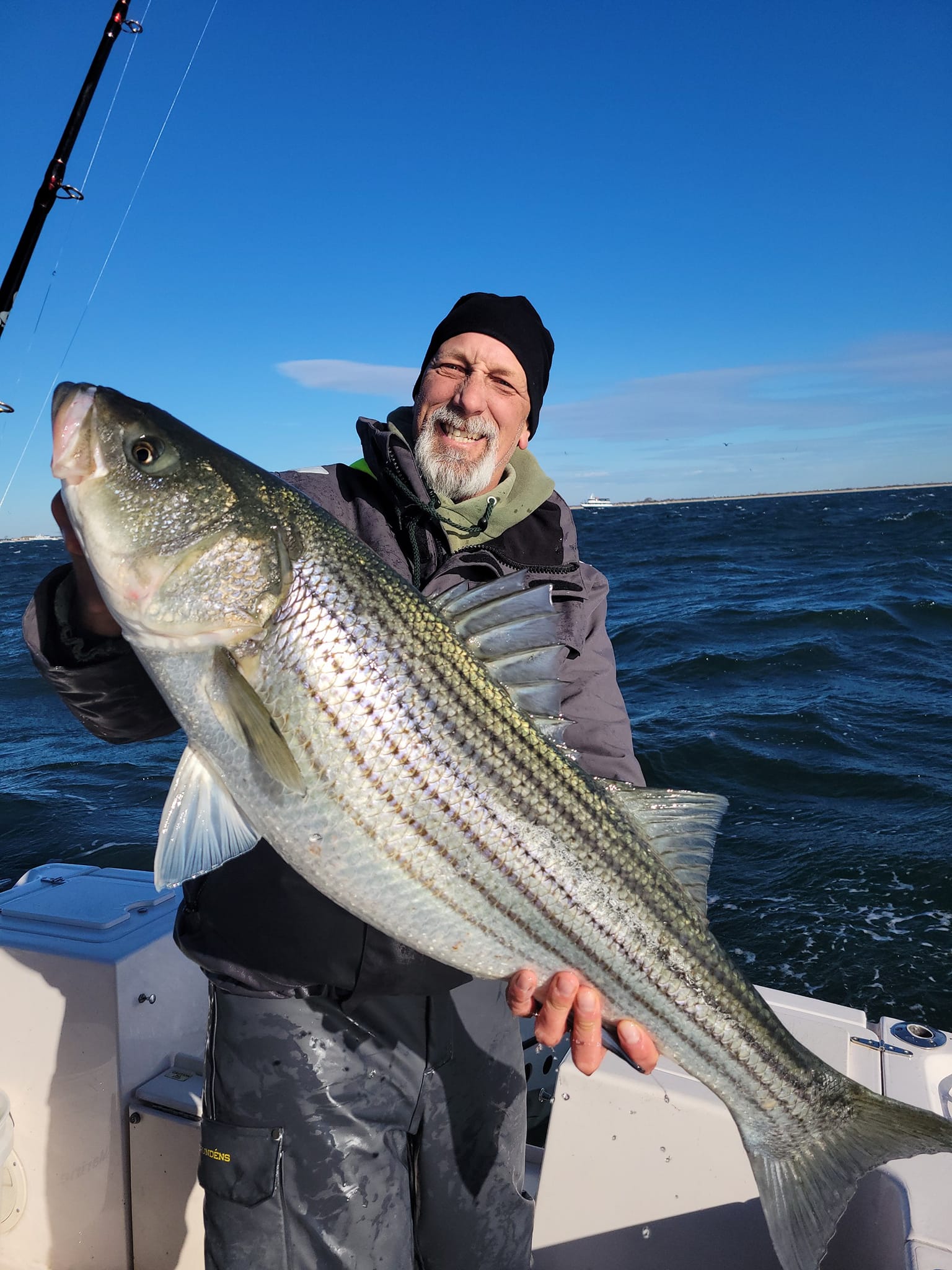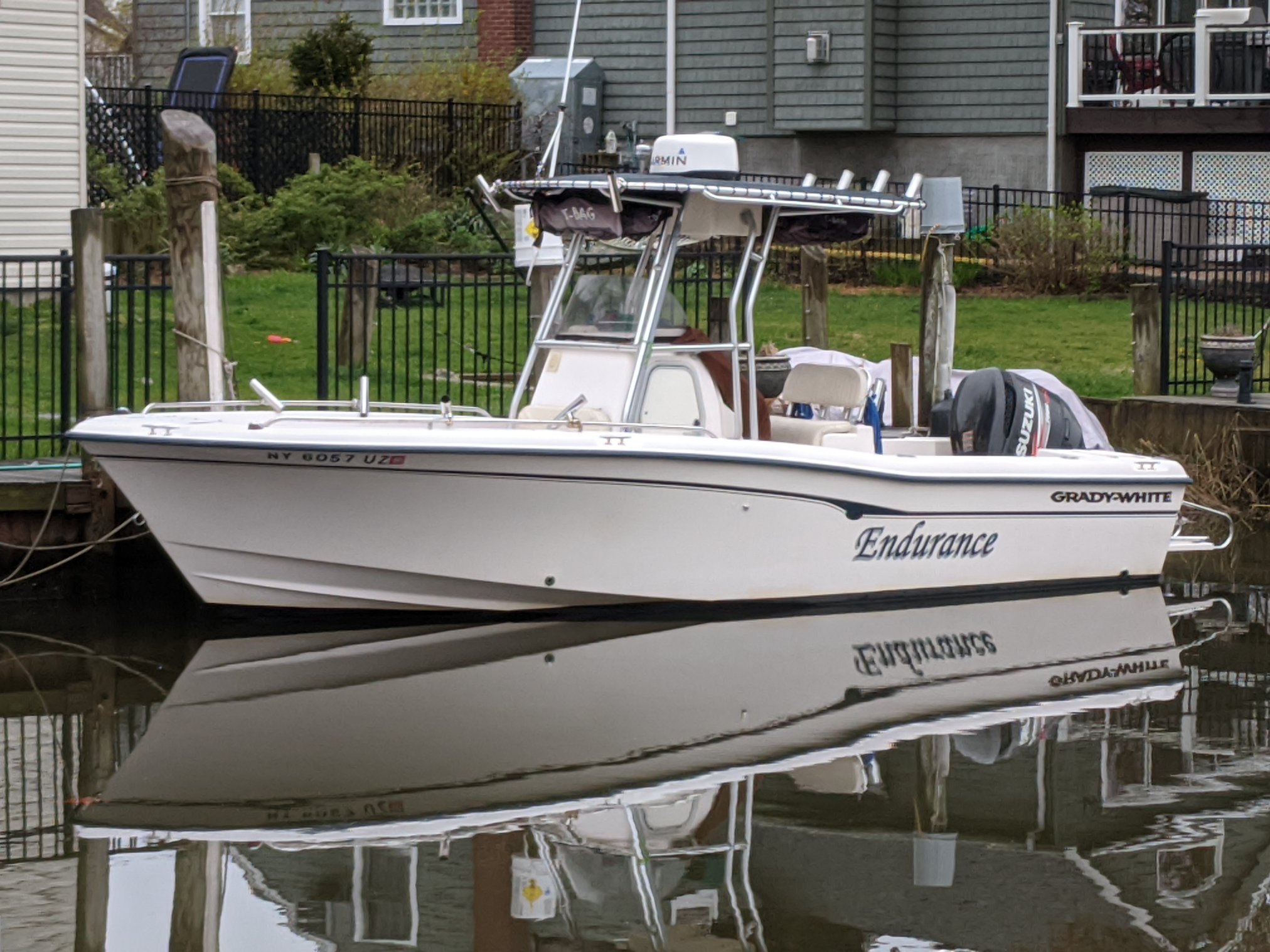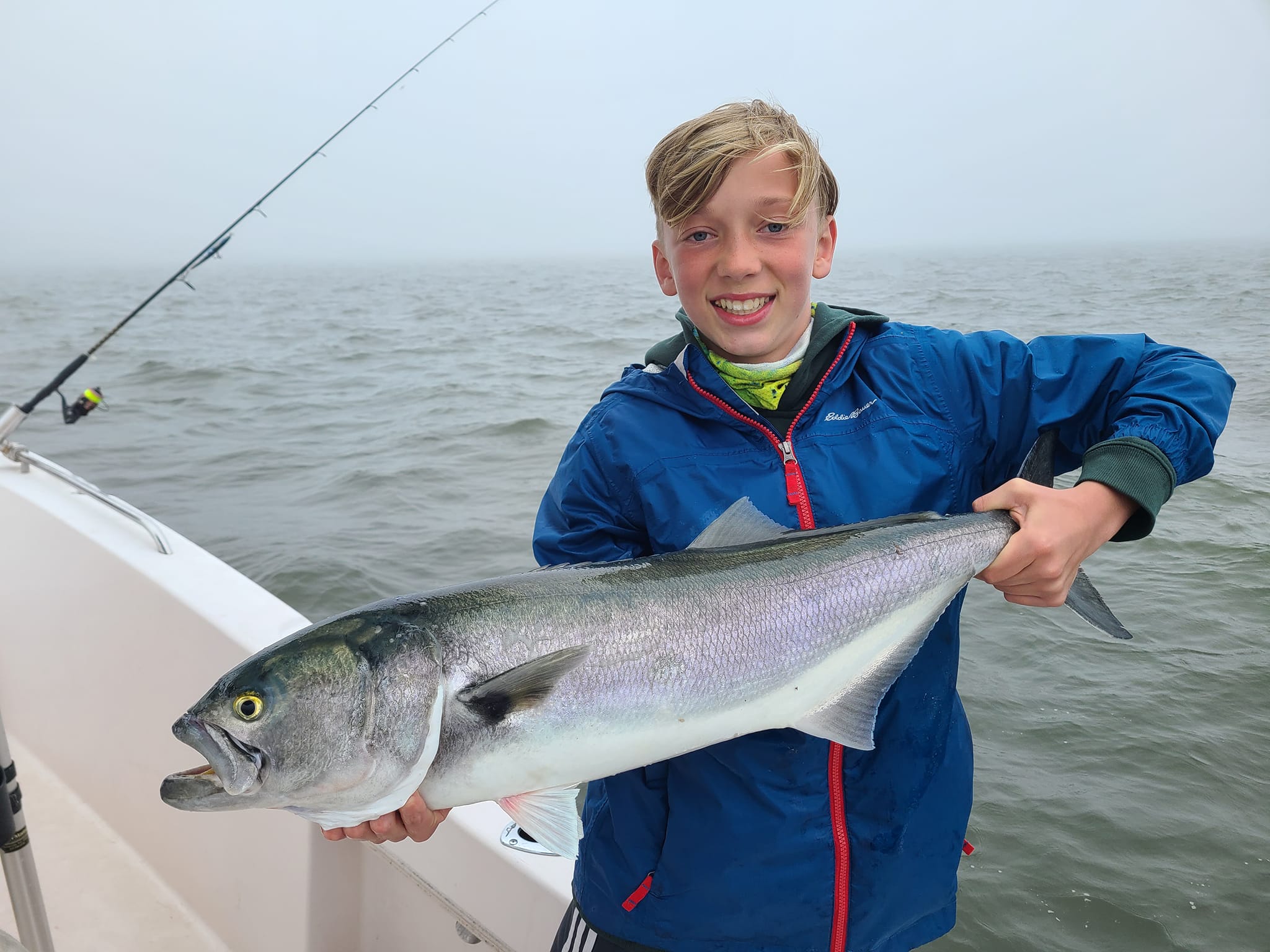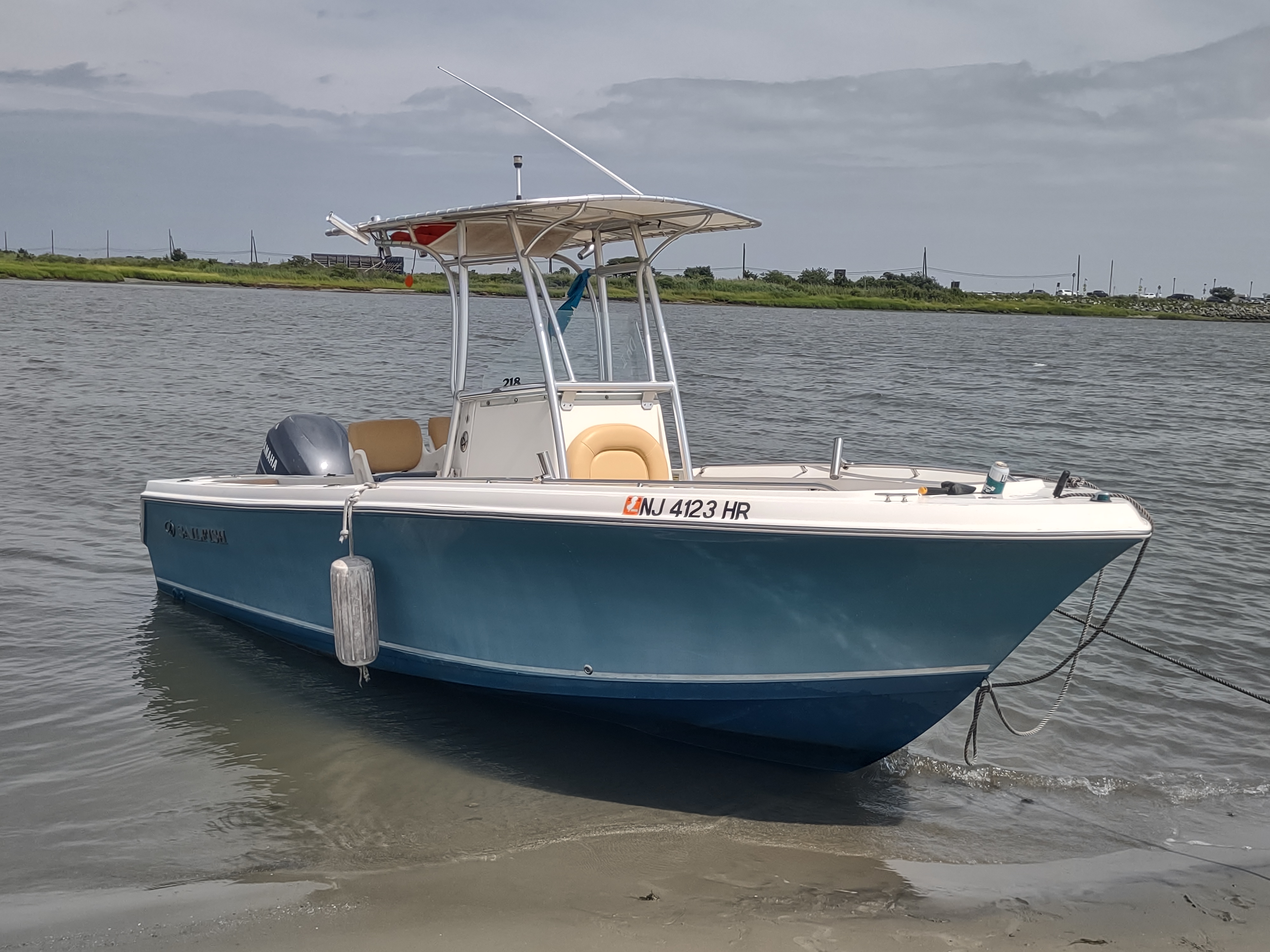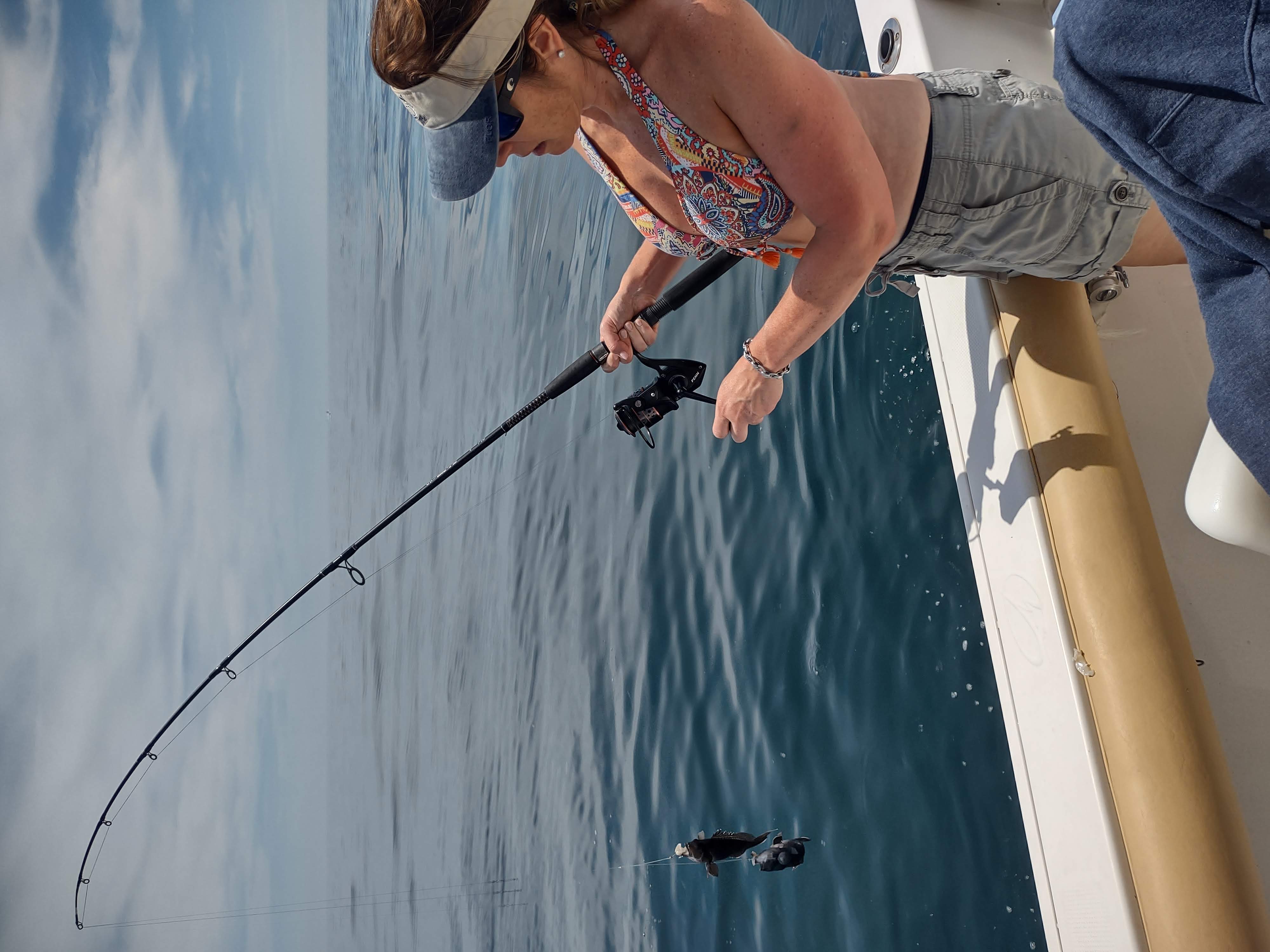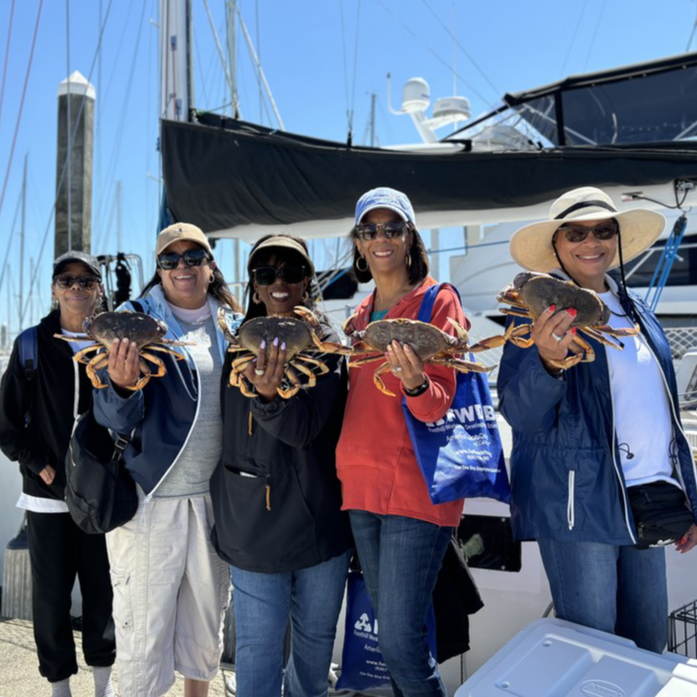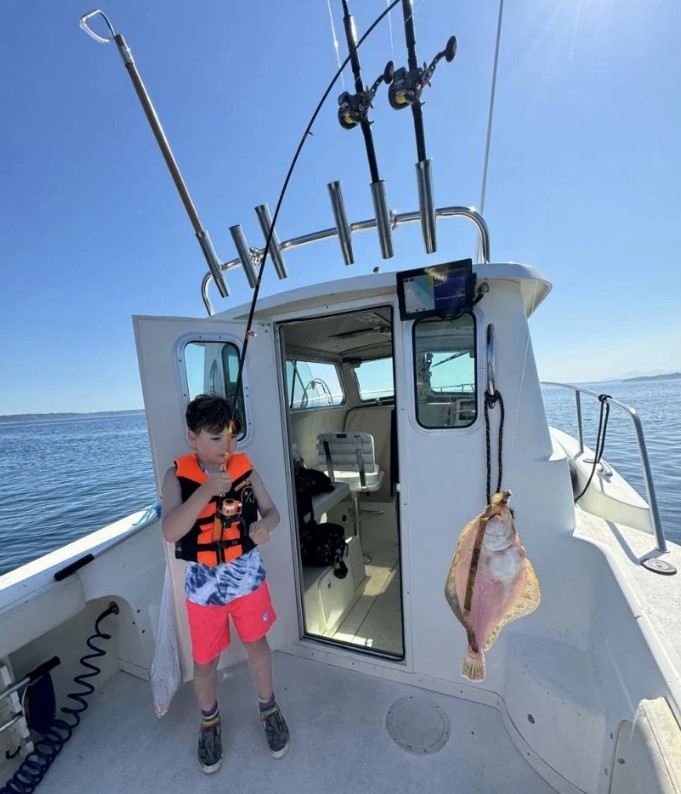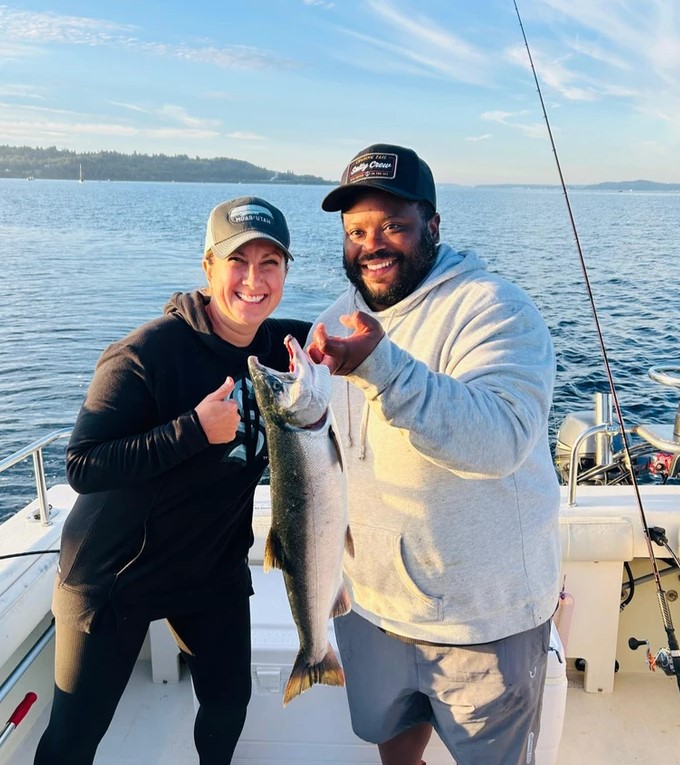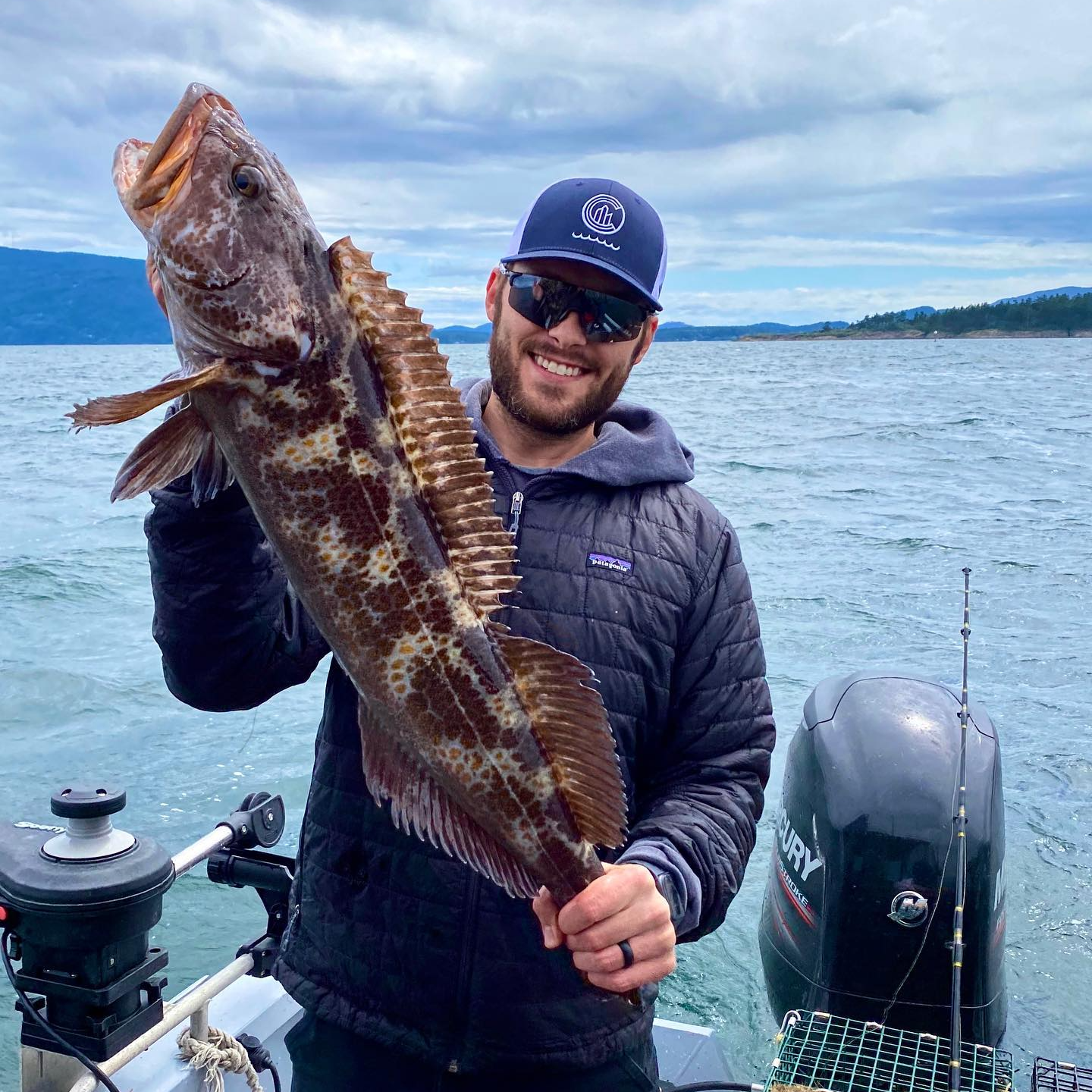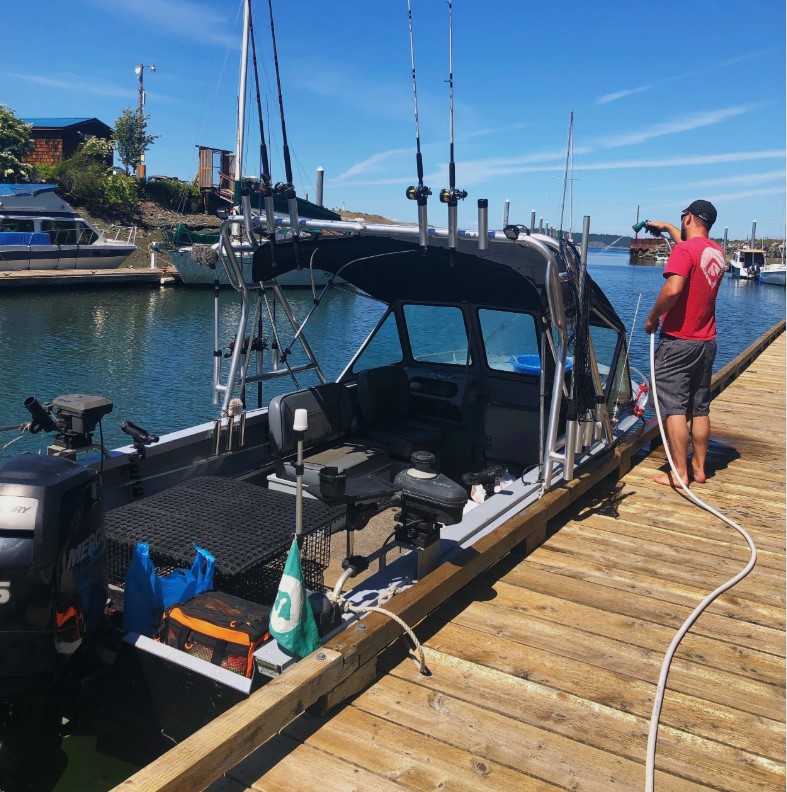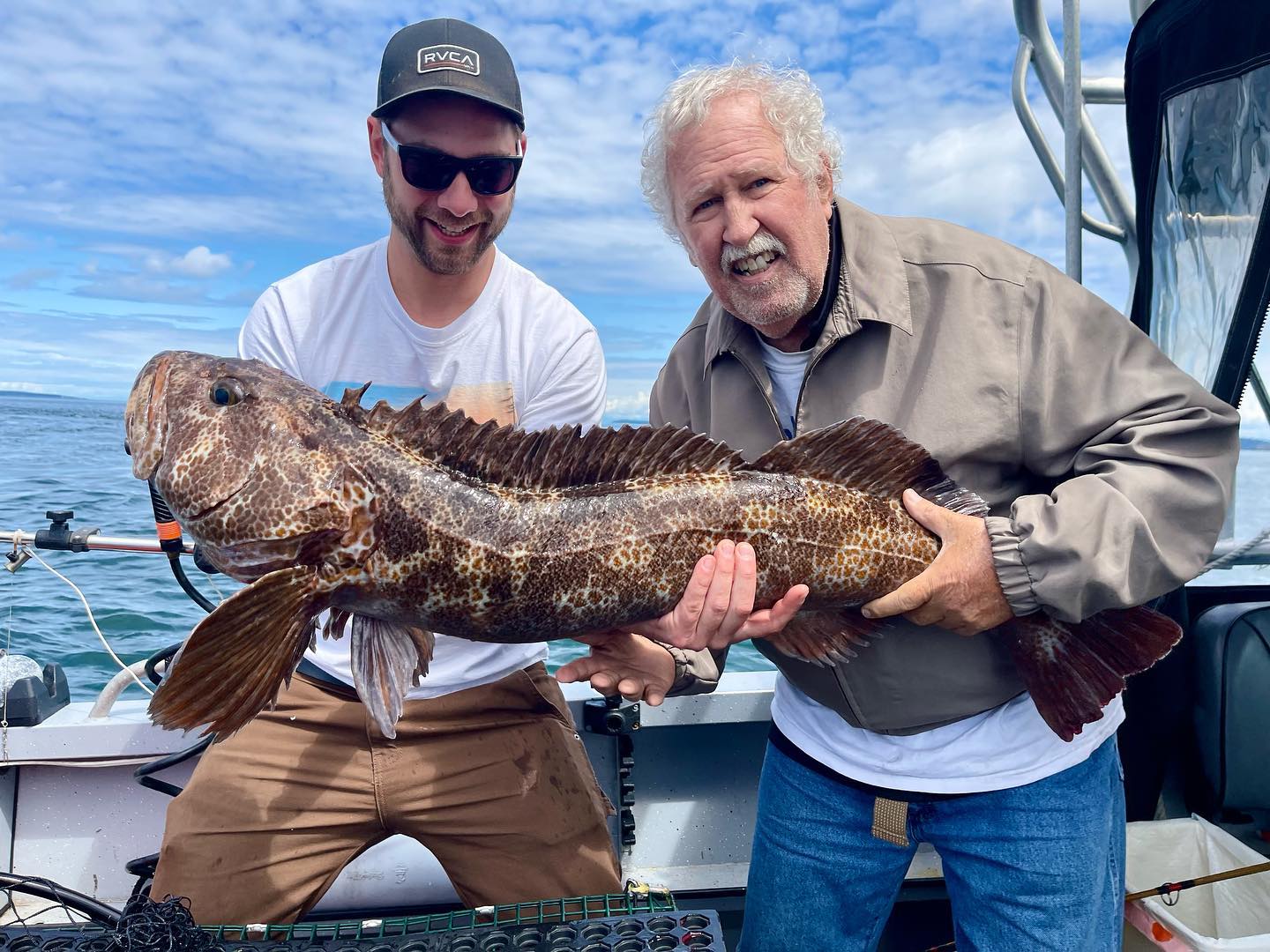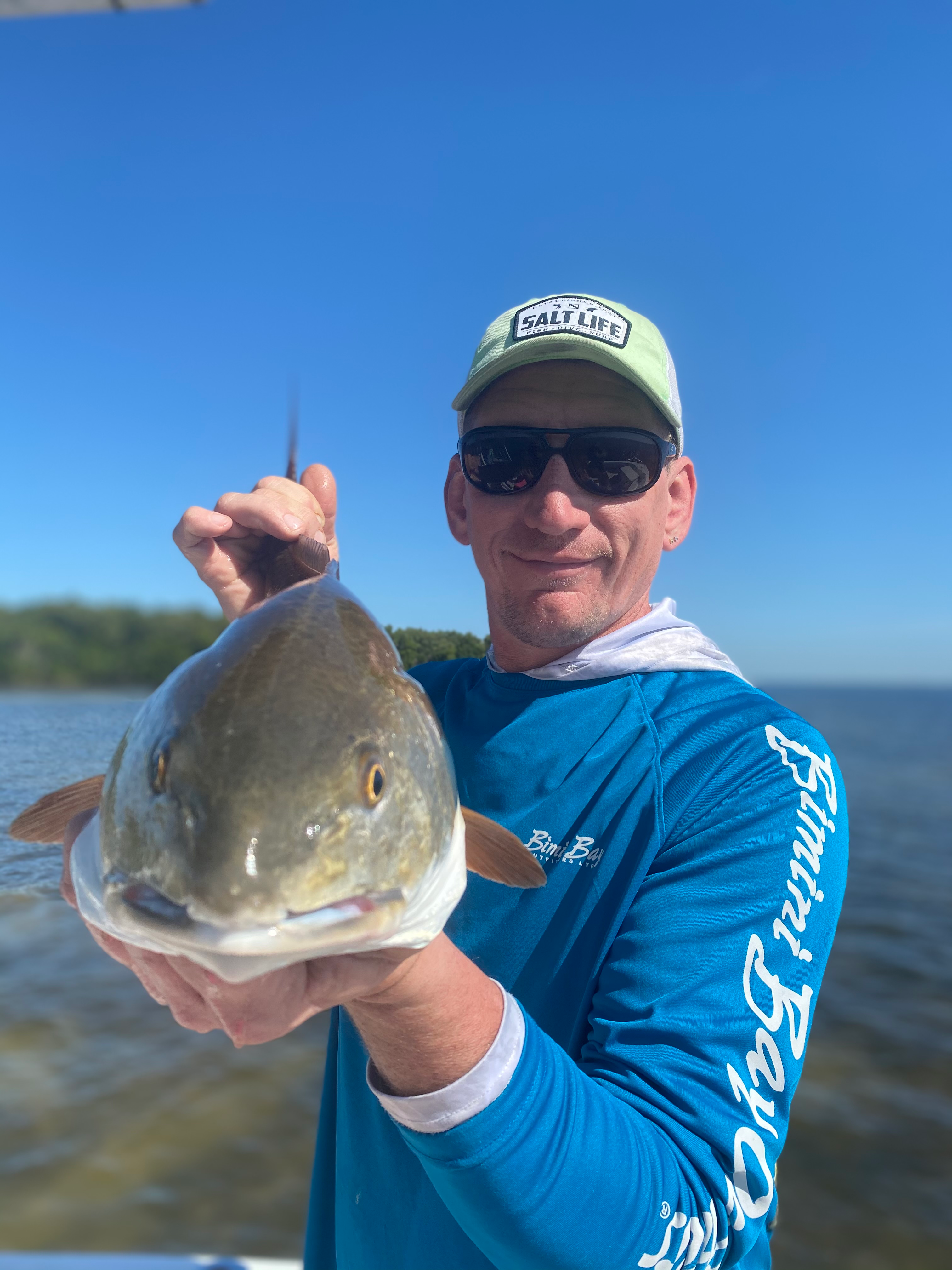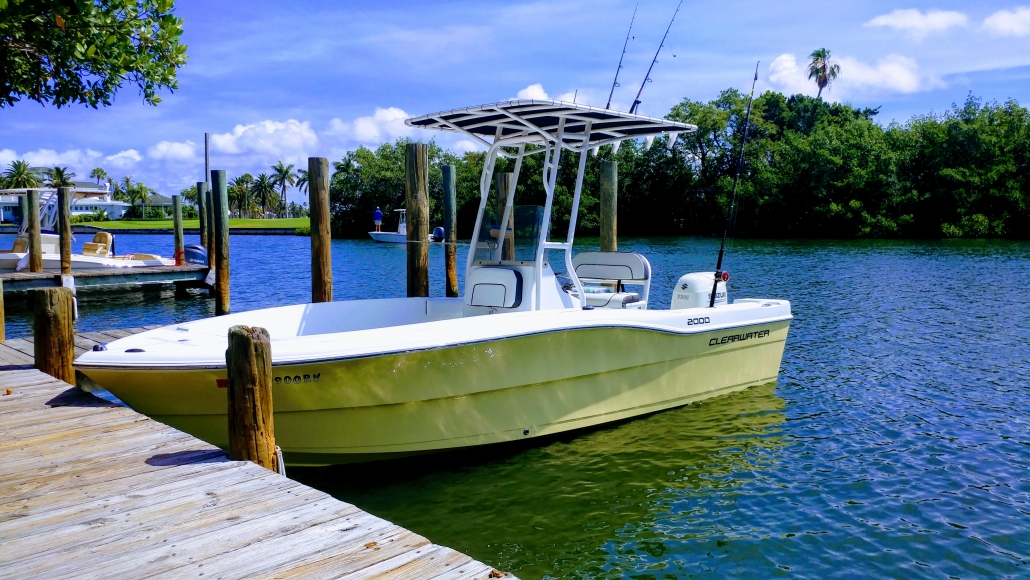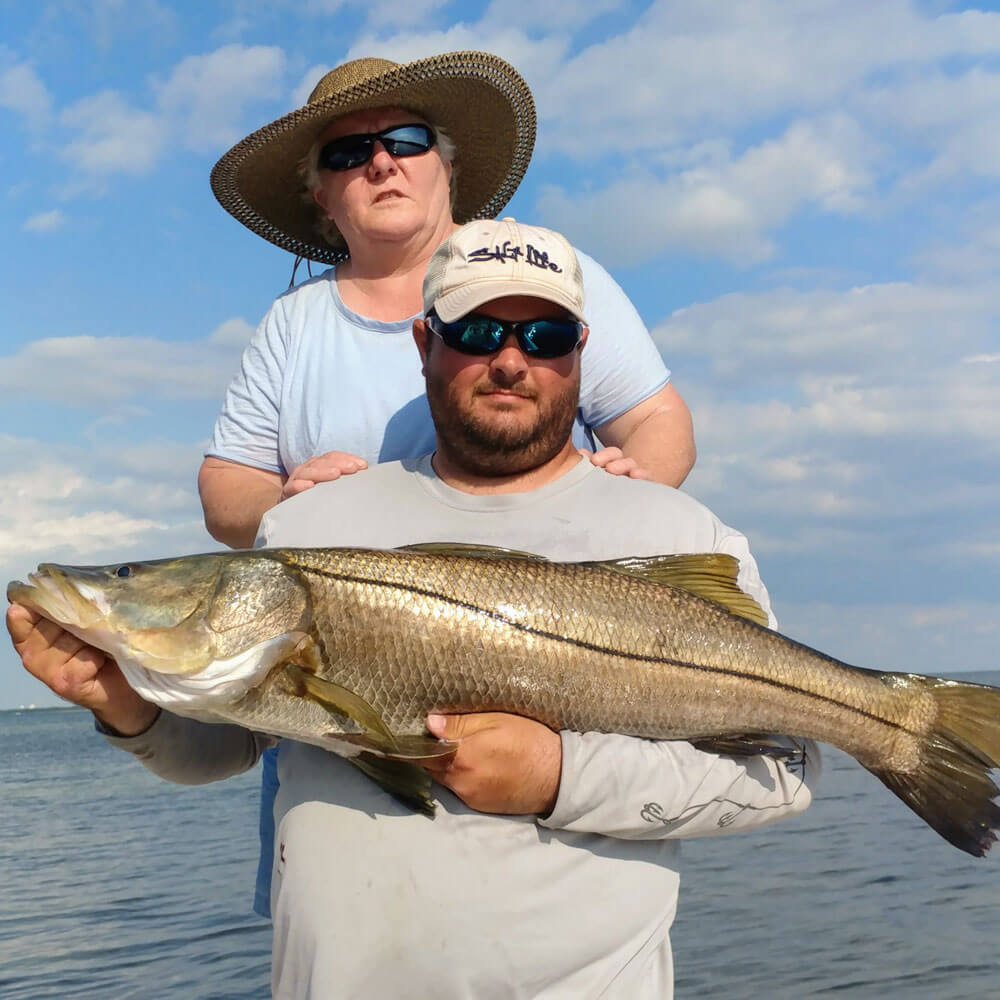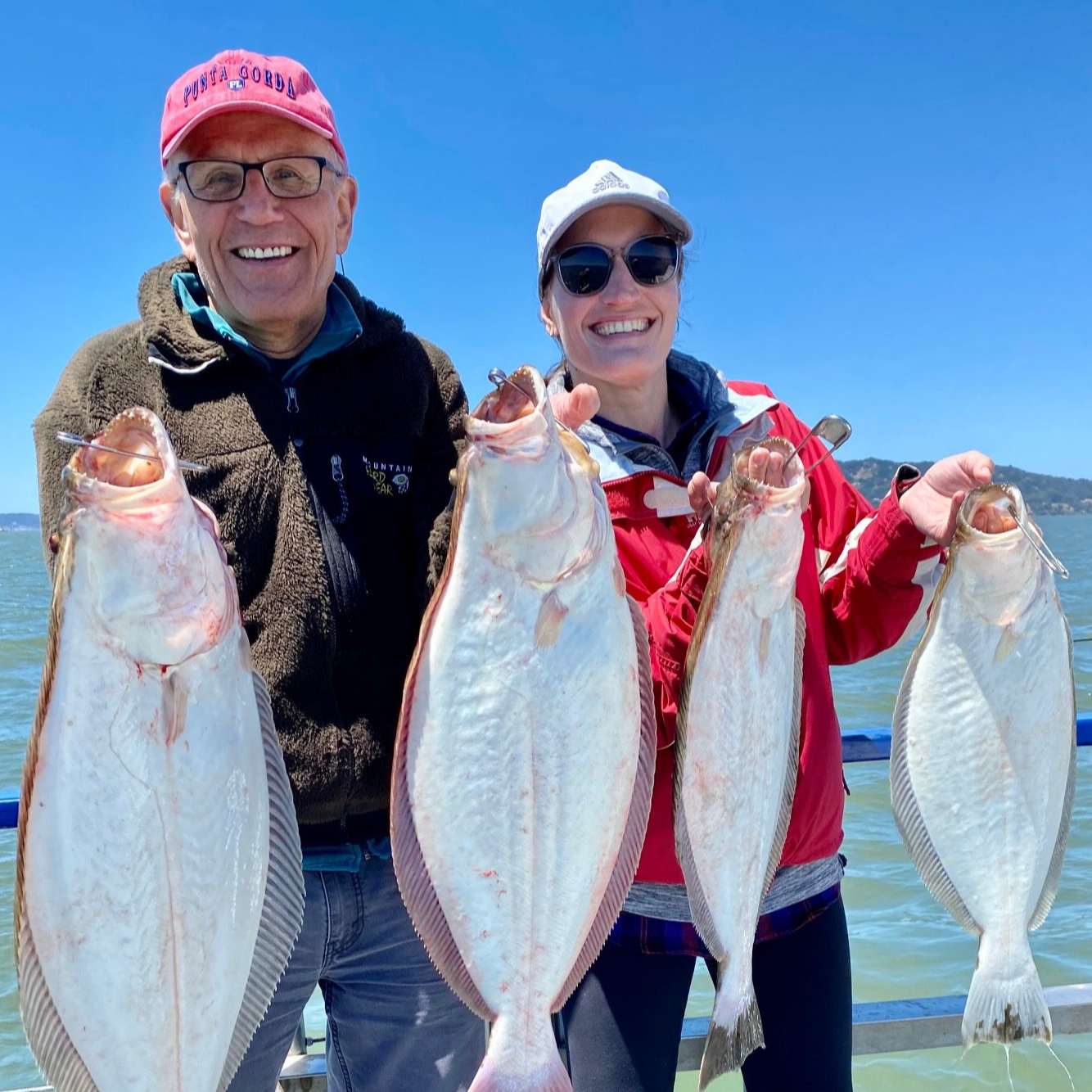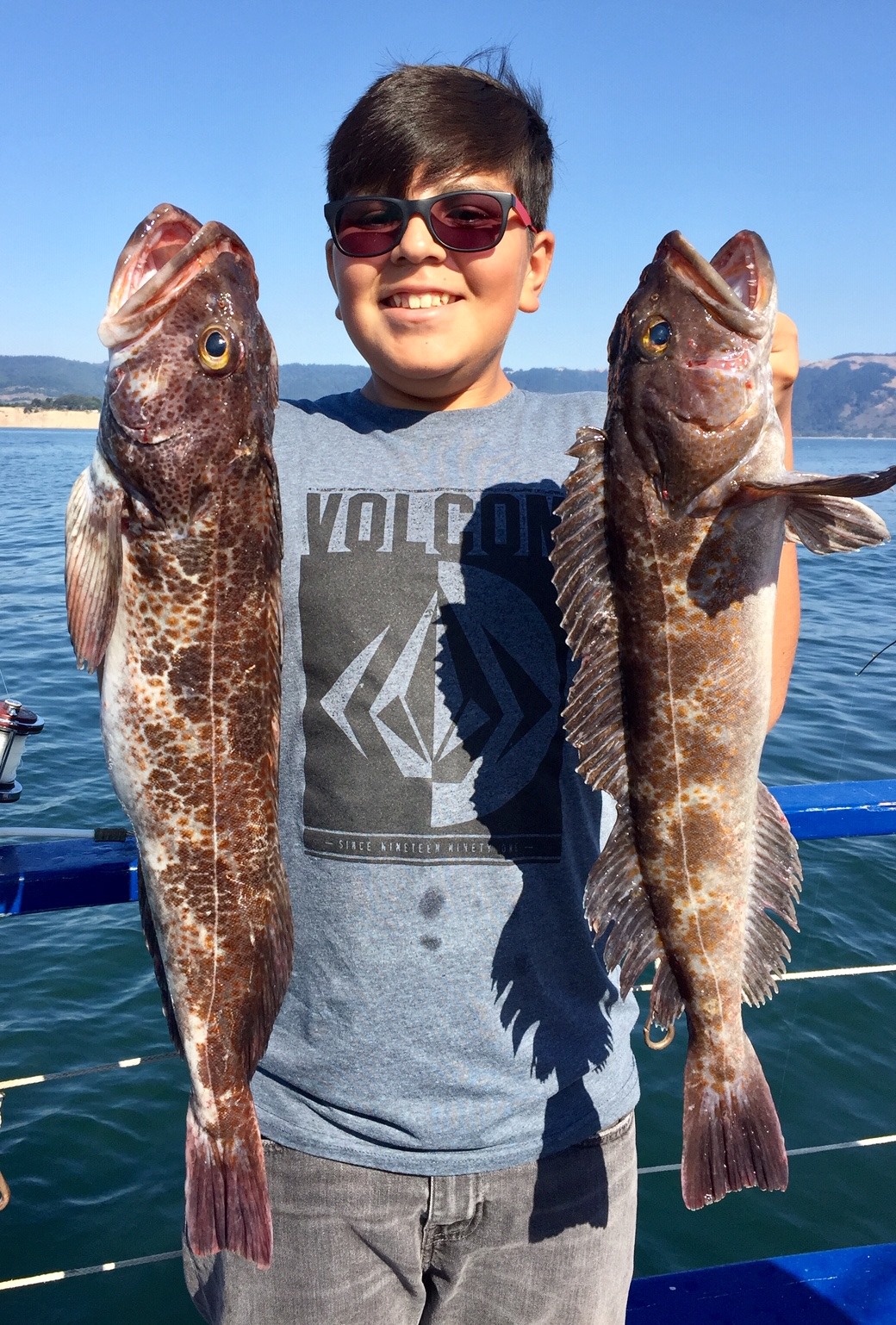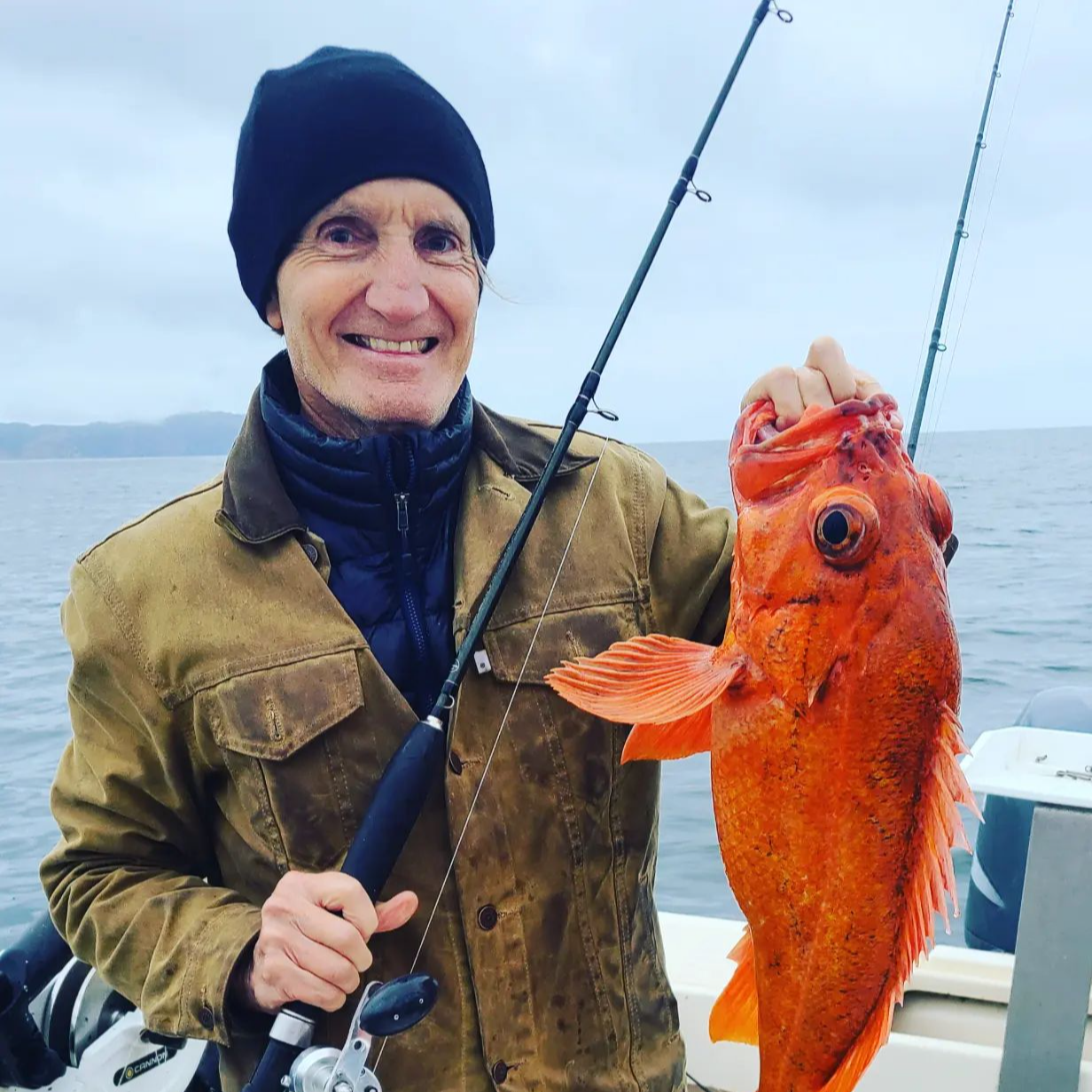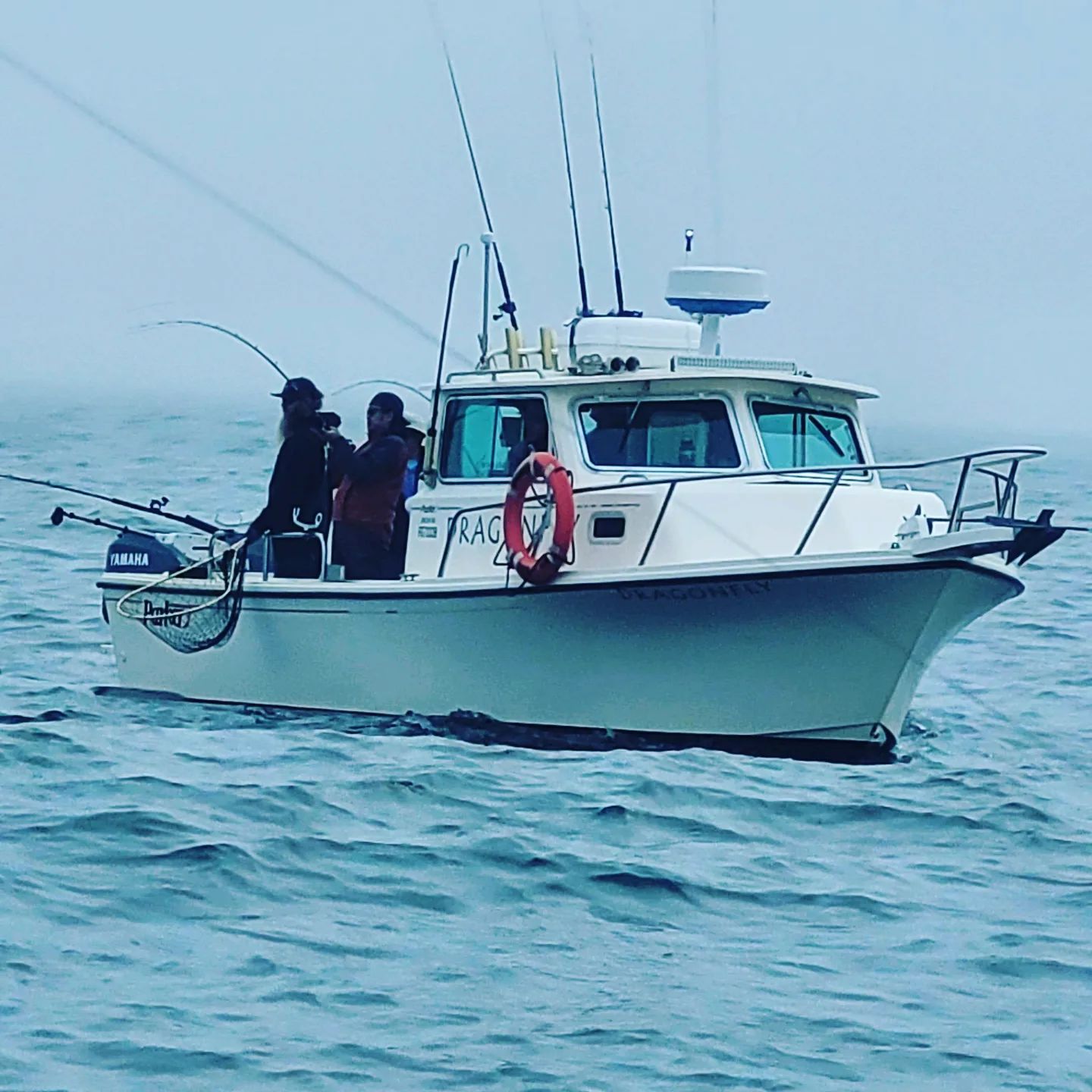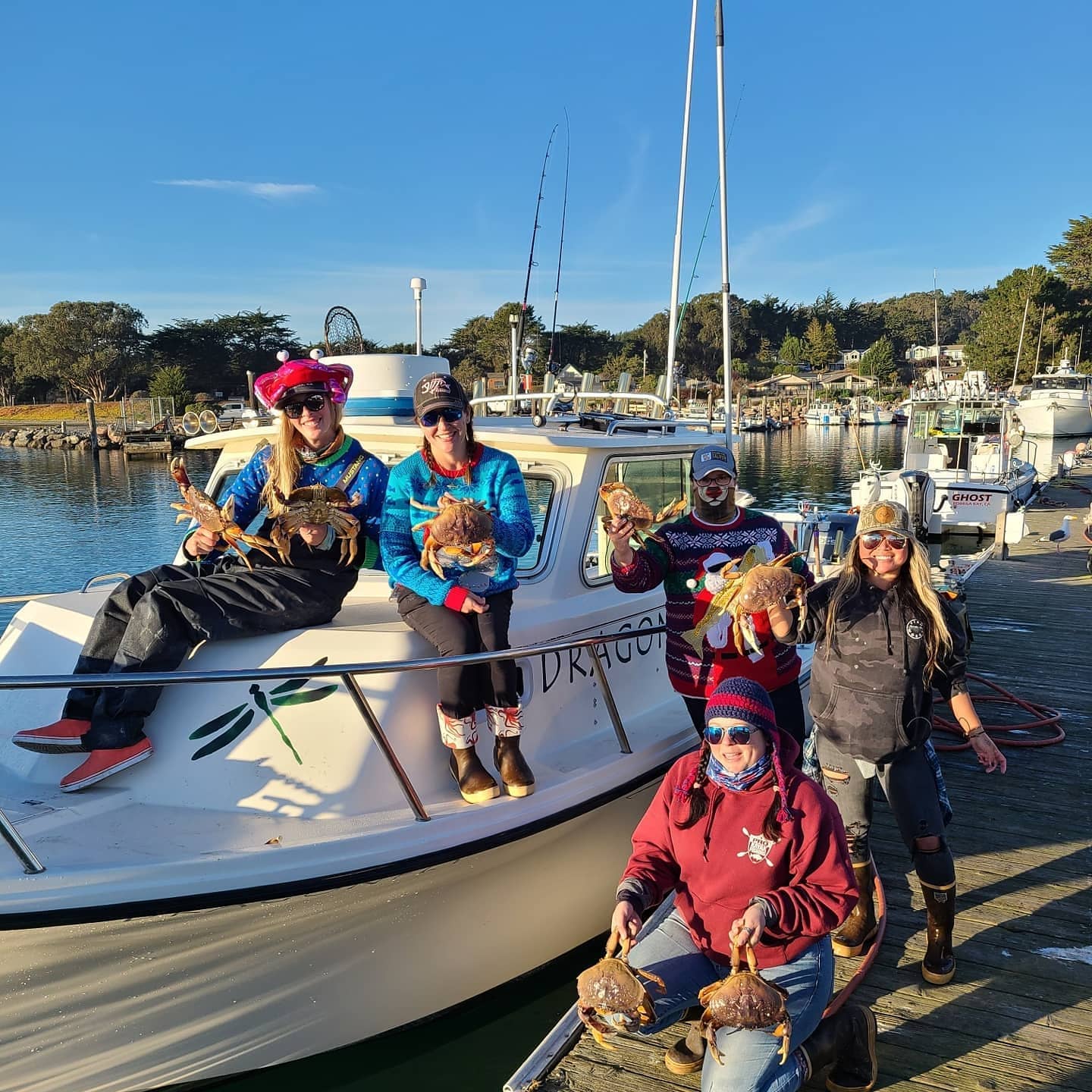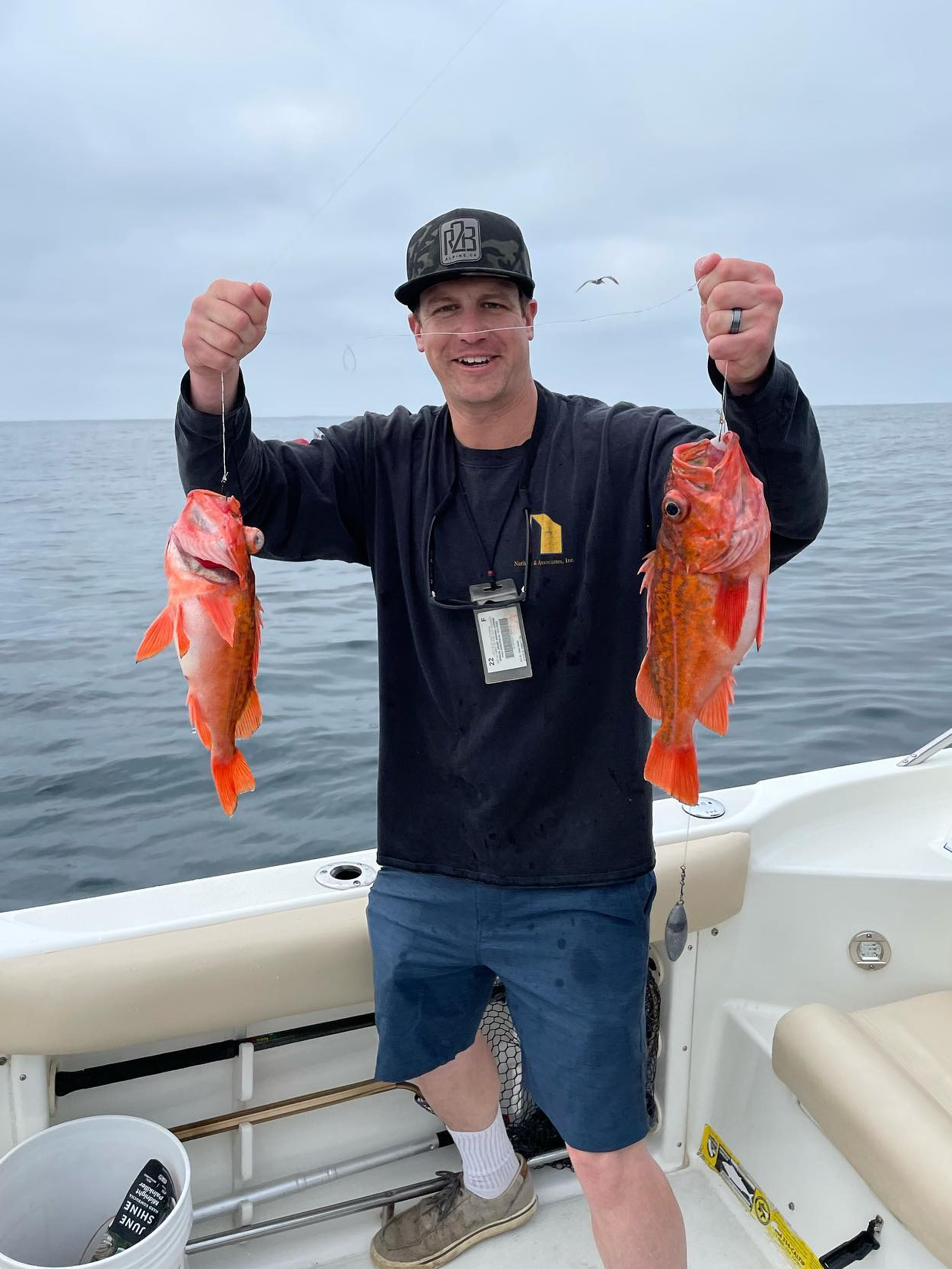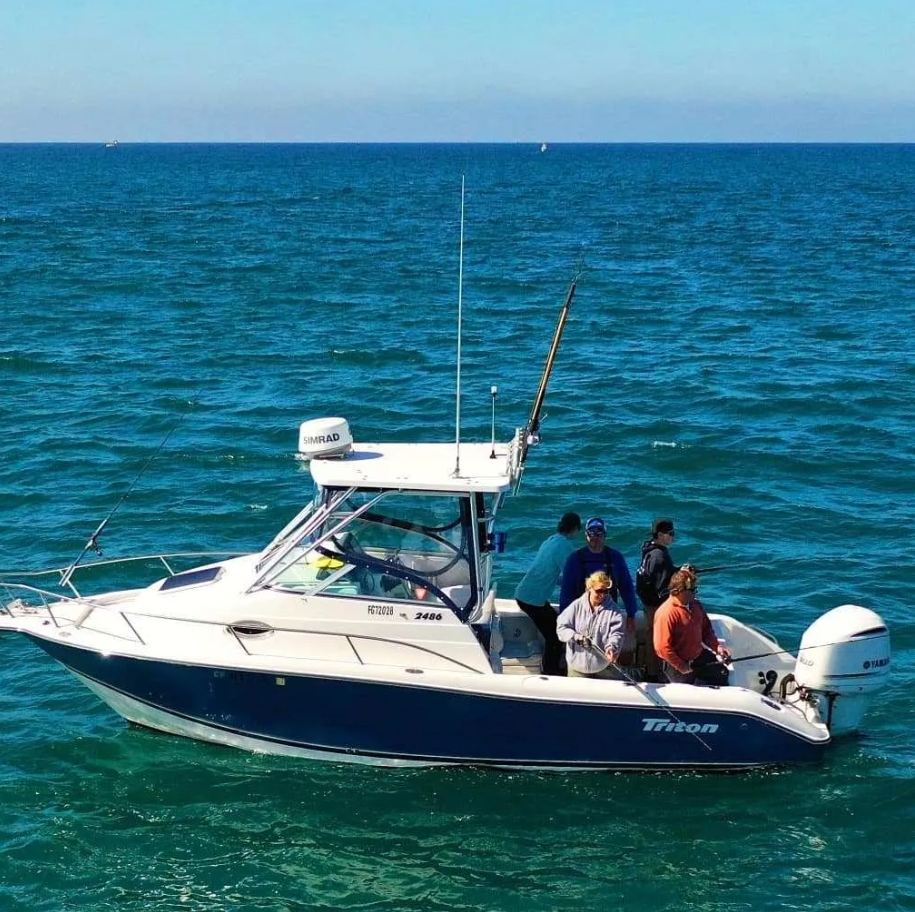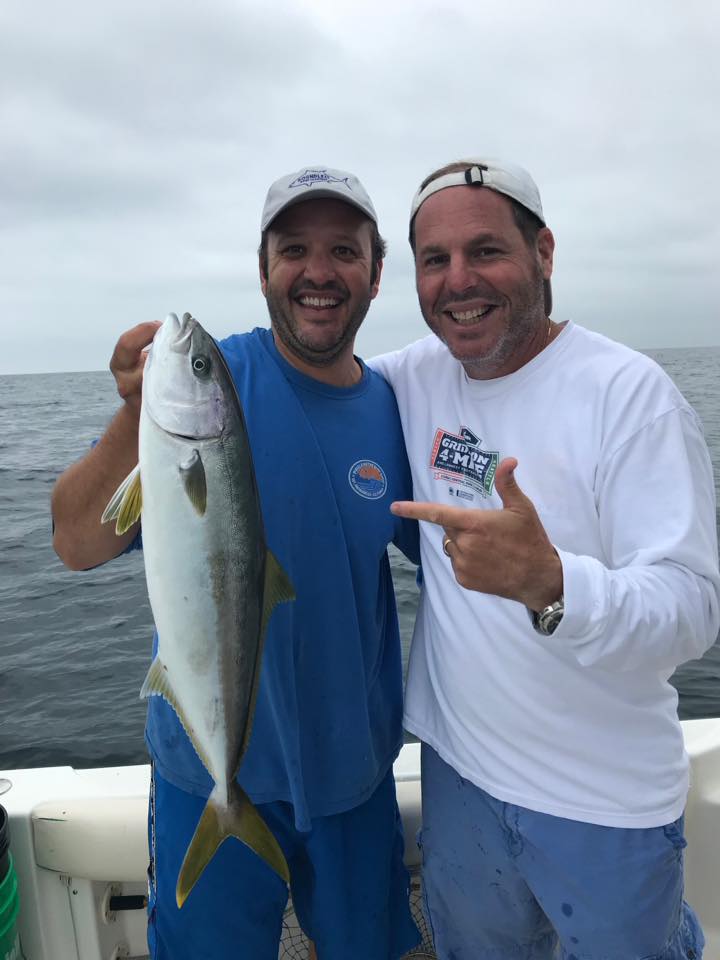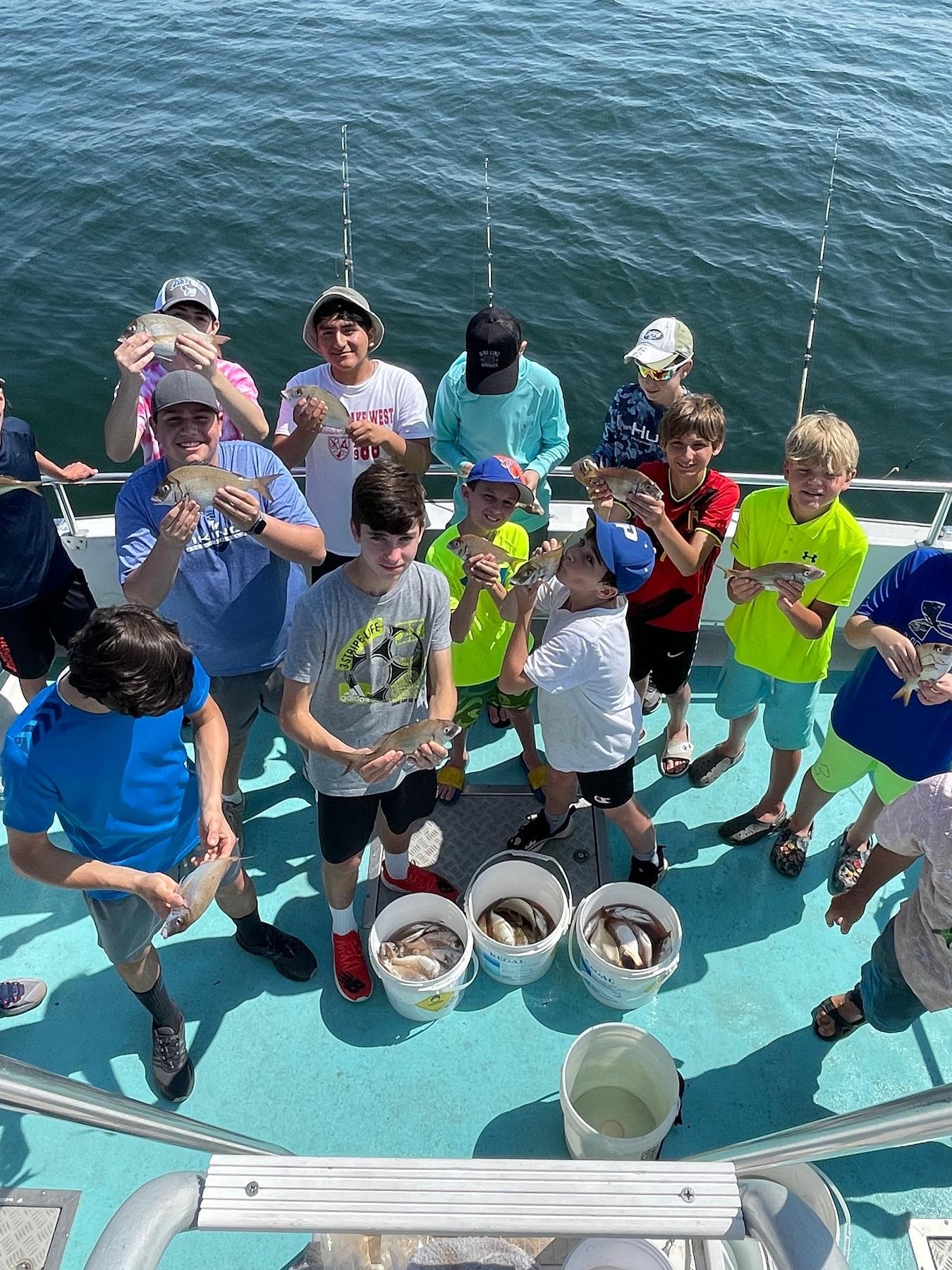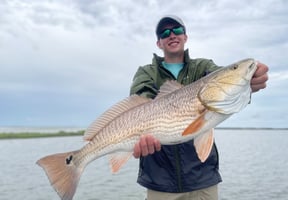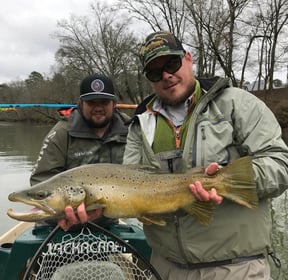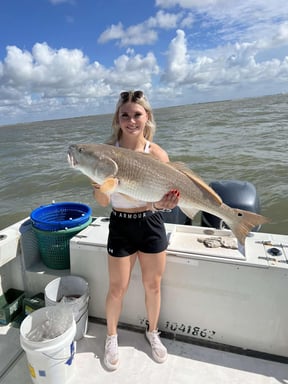Nearshore Fishing in Somers Point
Ocean Wreck And Reef Fishing
Inshore, Jetty, Flats in West Babylon
Inshore Fishing Trip
Inshore Fishing in Somers Point
Back Bay Fishing
Seattle Nearshore Fishing Trip
Nearshore Fishing in Eastsound
BOTTOM FISHING CHARTER
Inshore Fishing Slam
Inshore, Nearshore Fishing in San Francisco
San Francisco Bay Premier Trip
Nearshore Fishing in Bodega Bay
Bodega Bay Roundup
Nearshore Fishing in San Diego
San Diego Fishing Fun
Inshore Fishing in Port Washington
15-Person Private Charter
We started Captain Experiences to make it easy to book fishing and hunting guides around the world. With over 2,000 Damn Good Guides, our platform makes finding and booking a trip seamless. Head here to check out our trips.
Flounder, Halibut, & Fluke What’s the Difference?
Some of the delicious and widely distributed fish in the United States are the flounder, fluke, and halibut. At a glance, these fish looks very similar sharing many of the same unique features like having both eyes on one side of the body and being brown on one side and white on the other but there are some key differences that you should know. Let's take a look at what these flatfish are and what the difference is between them.
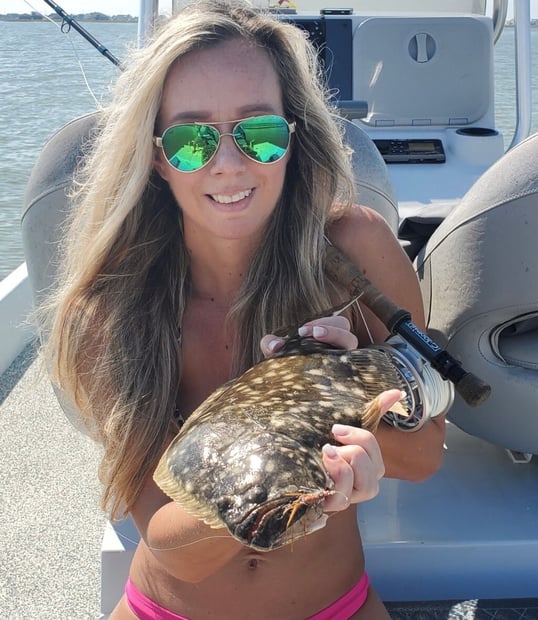
What is a Flounder?
Flounder is the name used to refer to several species of flatfish that are known as demersal fish which means they live at or near the bottom. The four fish species that are commonly called flounder are gulf flounder, southern flounder, summer flounder(fluke), and winter flounder. Calling all of these species flounder is similar to saying tuna which broadly refers to several species of tuna like bluefin or yellowfin.
Flounder can be found along the Atlantic and Gulf Coasts from the Gulf of Mexico to the Gulf of Maine. Flounder have round bodies with round fins and both eyes on the left side of their body. Left-eyed flatfish can change colors to help them blend in with the bottom and ambush their prey.
The southern and gulf flounder are popular in the U.S. as well as an important economic driver commercially and recreationally. These flounder species average one to five pounds but have been known to occasionally reach 20 pounds or more. The gulf and southern flounder live in the Gulf of Mexico and the Atlantic ocean with North Carolina generally marking their northern boundary.
Winter flounder are different from the other flounder species with eyes on the right side of their body and living in colder waters further north. This flounder also grows slightly larger averaging between three and eight pounds. The winter flounder can be found as far south as North Carolina but their typical range is from Delaware Bay to the Gulf of St. Lawrence in Canada.
What is a Fluke?
Summer flounder also known as fluke to anglers in the northeast U.S. are a species of flounder. Fluke does look similar to the other flounder they overlap with but they do have distinct markings. Fluke have spots that look like eyes on their body and it’s usually the easiest way to identify them. Summer flounder have a similar average weight of one to five pounds with some fish occasionally growing to over 25 pounds.
The summer flounder or “fluke” live in the Atlantic along the east coast from Florida To Nova Scotia. The area where they are most abundant is from Cape Fear, North Carolina to Cape Cod, Massachusetts.
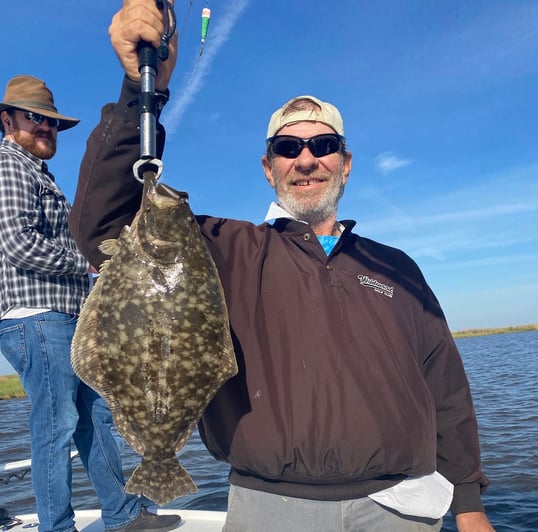
What is a Halibut?
Halibut is a name commonly used for three species of flatfish that are in the family of right-eyed flounder. Similar in color to flounder, halibut are mottled brown on one side and white on the other which acts as a camouflage. This coloration is effective because looking towards the surface would show their white underside and looking down toward the bottom would show their brown side allowing them to blend in from both sides. Halibut are huge and easily able to reach 100 pounds with some fish reaching 500 pounds.
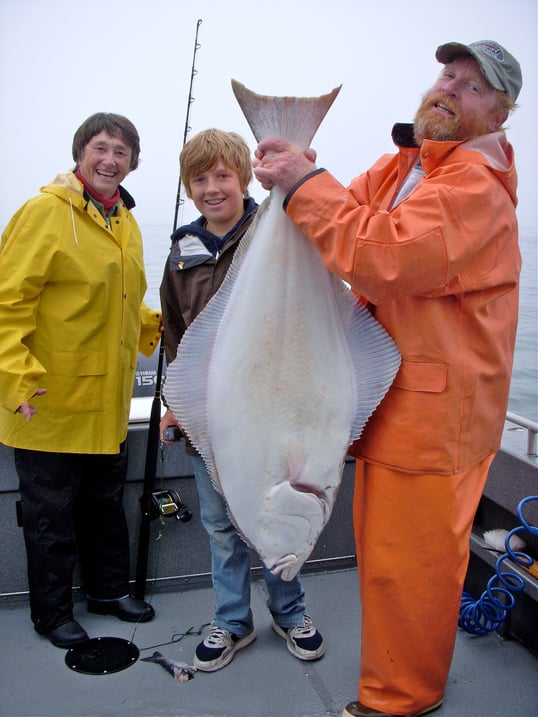
The three species of halibut are the Atlantic, Pacific, and Greenland halibut all of which live in cold deep water. These fish have a body shape resembling a rounded diamond and grow to lengths over six feet long. Atlantic Halibut can be found in northern waters from Virginia north to Labrador, Canada. The Pacific halibut can be found in coastal water from Santa Barbara, California north to Nome, Alaska. While the Pacific halibut is commonly fished commercially and recreationally, the Atlantic halibut population is struggling and currently sits at only three percent of its target population. While there is still some fishing for Atlantic halibut it’s strictly regulated and managed to promote recovery of the species.
These halibut species are very similar in size shape and appearance but telling them apart is easiest to do by location. Atlantic and Pacific halibut do not share habitat so the ocean they are caught in is the only information needed.
Flounder Vs. Halibut
When comparing any of the four flounder species to the three halibut species size will be the most noticeable difference. Flounder reach two or three feet in length and weigh one to 20 pounds while halibut grow to over six feet long and over 100 pounds. Another difference between species is that most flounder are left-eyed while halibut are right-eyed. Finally, flounder have a round body shape with round fins while halibut have a more pointed body and fins along with a forked tail. These two fish have similar behavior at times but the depth they live and hunt in is different. Flounder are usually caught in water between five and 100 feet of water and may go as deep as 500 feet but halibut are routinely caught in water between 600 and 1,200 feet deep.
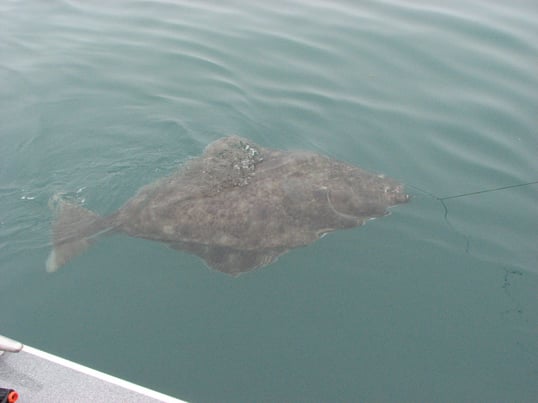
Flounder Vs. Fluke
The summer flounder or fluke is a flounder just like bluefin tuna is a tuna. Fluke overlap with other flounder species but are usually found in the mid-Atlantic while southern and gulf flounder inhibit the waters to the south and winter flounder are further north. Fluke have eye-shaped spots on their body which is easy to identify compared to southern flounder with indistinct spots and gulf flounder with three spots forming a triangle. The easiest difference between summer and winter flounder is what side their eyes are on. Fluke have eyes on the left side of their body and winter flounder are their eyes on the right side. Winter flounder are also much darker in coloration while fluke will be a much lighter brown.
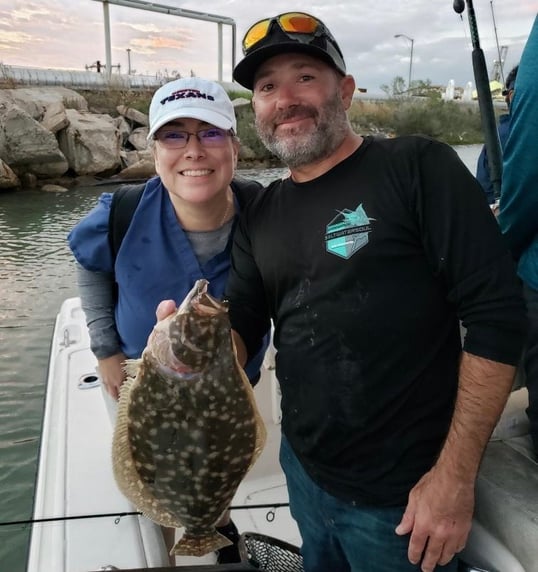
Catching Flatfish
Fluke, flounder, and halibut are all commonly caught by bottom fishing with a rod and reel but at varying depths. This can range from regular bottom fishing for flounder and fluke to deep dropping a thousand feet of water for halibut. While rod and reel are popular for catching flounder, gigging is also a popular method of take. Gigging is where anglers with special spears use lights in shallow water to locate and spear flounder.
Eating Halibut & Flounder
All of the previously mentioned flatfish are exceptionally delicious with tender white flakey meat. The main difference you will find is the amount of meat you get from each fish but otherwise, the flavor is largely the same. All of the flounder species produce relatively thin filets because of their smaller size but halibut are much bigger and the filets are much thicker. Some of the most popular preparation include baking, searing, and grilling while some people choose not to cook them at all. With a diverse diet and are active simmers these fish are packed with nutrients making them both healthy and delicious.
Joey Butrus
Updated on July 31, 2023
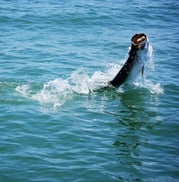
April 15, 2022

June 28, 2023

July 31, 2024

June 22, 2022

August 21, 2023
Related Articles
February 8, 2023
June 27, 2022
June 15, 2023
Featured Locations
- Fishing Charters Near Me
- Austin Fishing Guides
- Biloxi Fishing Charters
- Bradenton Fishing Charters
- Cabo San Lucas Fishing Charters
- Cancun Fishing Charters
- Cape Coral Fishing Charters
- Charleston Fishing Charters
- Clearwater Fishing Charters
- Corpus Christi Fishing Charters
- Crystal River Fishing Charters
- Dauphin Island Fishing Charters
- Daytona Beach Fishing Charters
- Destin Fishing Charters
- Fort Lauderdale Fishing Charters
- Fort Myers Fishing Charters
- Fort Walton Beach Fishing Charters
- Galveston Fishing Charters
- Gulf Shores Fishing Charters
- Hatteras Fishing Charters
- Hilton Head Fishing Charters
- Islamorada Fishing Charters
- Jacksonville Fishing Charters
- Jupiter Fishing Charters
- Key Largo Fishing Charters
- Key West Fishing Charters
- Kona Fishing Charters
- Lakeside Marblehead Fishing Charters
- Marathon Fishing Charters
- Marco Island Fishing Charters
- Miami Fishing Charters
- Montauk Fishing Charters
- Morehead City Fishing Charters
- Naples Fishing Charters
- New Orleans Fishing Charters
- New Smyrna Beach Fishing Charters
- Ocean City Fishing Charters
- Orange Beach Fishing Charters
- Panama City Beach Fishing Charters
- Pensacola Fishing Charters
- Pompano Beach Fishing Charters
- Port Aransas Fishing Charters
- Port Orange Fishing Charters
- Rockport Fishing Charters
- San Diego Fishing Charters
- San Juan Fishing Charters
- Sarasota Fishing Charters
- South Padre Island Fishing Charters
- St. Augustine Fishing Charters
- St. Petersburg Fishing Charters
- Tampa Fishing Charters
- Tarpon Springs Fishing Charters
- Venice Fishing Charters
- Virginia Beach Fishing Charters
- West Palm Beach Fishing Charters
- Wilmington Fishing Charters
- Wrightsville Beach Fishing Charters



